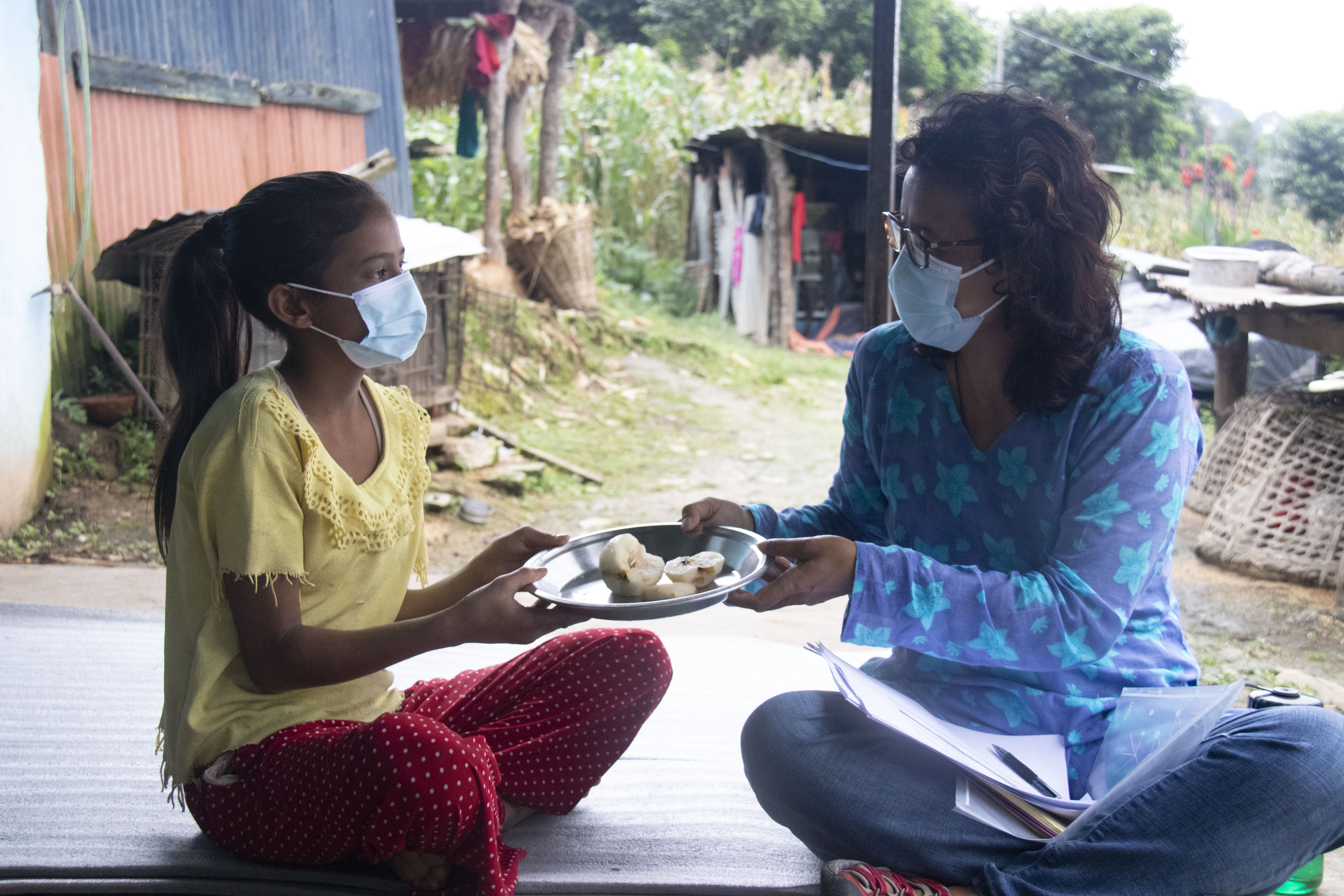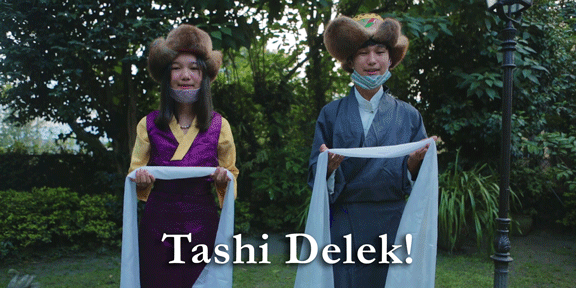International Women's Day 2019: This is what not being trafficked looks like
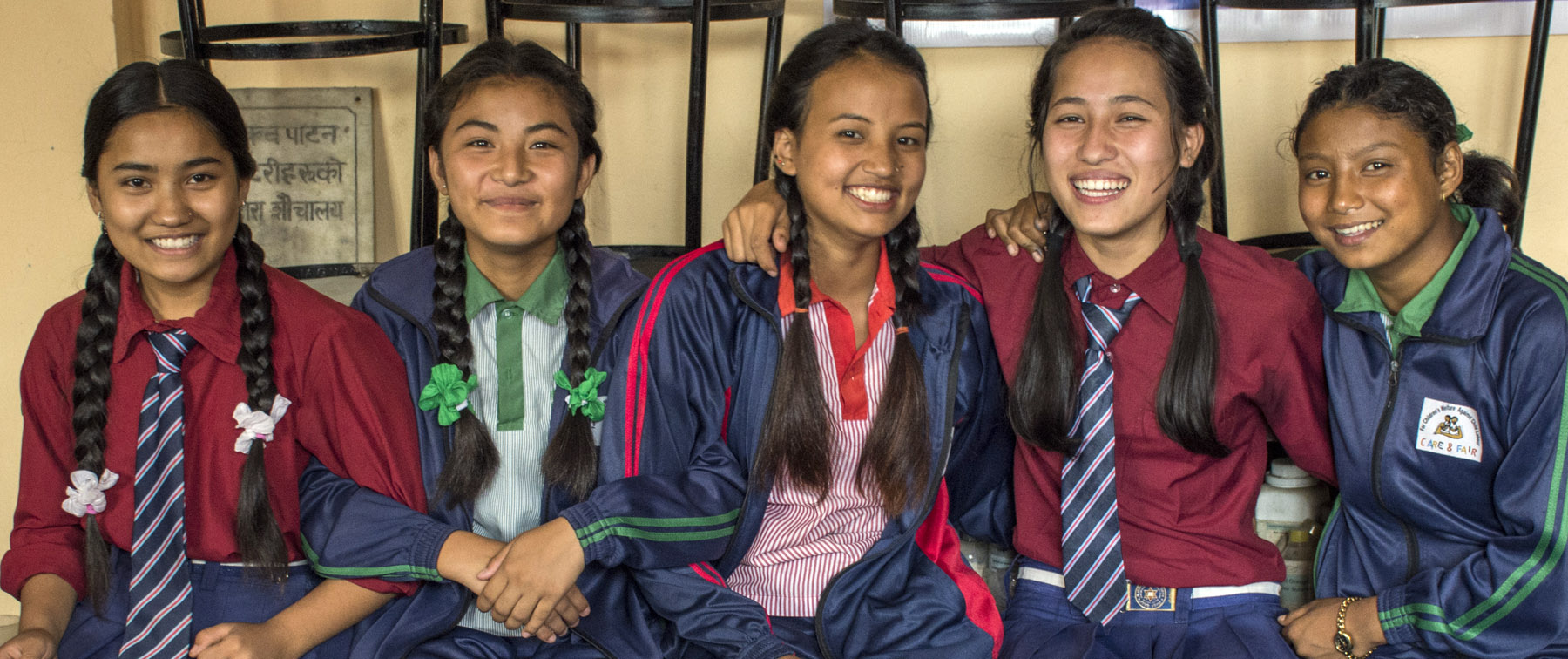
Happy International Women's Day! This is what not being trafficked looks like. STOP Girl Trafficking keeps girls safe and in school all over Nepal. We take girls at a real risk of being trafficked and turn them into confident, articulate, grateful young women looking at very different futures. With 23,000 girls enrolled, and each graduate motivating and inspiring younger girls—it is a big win, and a movement with huge impact.
A Girl's Dreams
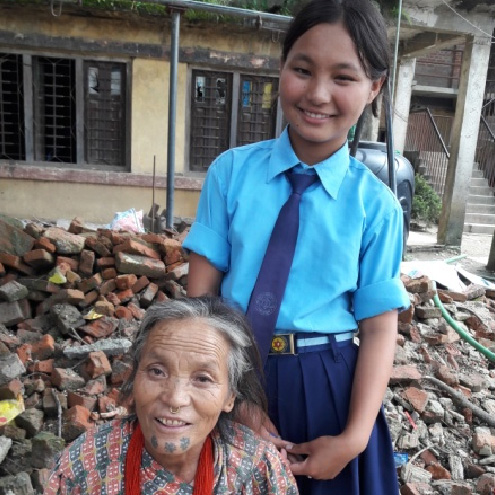
Sunita has been part of STOP Girl Trafficking since third grade. She is now in eighth grade. Her mother married at 15 and was abused by her violent and alcoholic husband. She left him and moved back into her parents’ house when she was pregnant with Sunita. But a few years later, her mother remarried and left Sunita and her elder sister with their grandparents, because her new husband did not want responsibility for the girls.
Sunita’s grandfather passed away a year ago. Now they are left with only their grandmother, Kanchi, who they love like a mother. She runs a small tea shop, but she is 70, and worries what will happen to her granddaughters when she dies. She is very grateful the girls are getting an education to keep them safe and give them more possibilities for the future.Sunita said she knows the risks of early marriage from Friday classes and thinks that her mother probably experienced trauma because she married so young.
She wants to finish school and become successful. Though she is anxious about her future, Sunita is comforted by the support and family SGT gives her. Her dream is to make all her grandmother’s wishes for her success come true.
She's got plans:
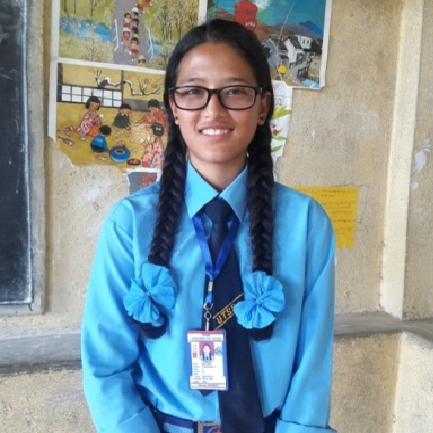
When Binu was very young, her mother committed suicide, unable to bear her alcoholic husband’s abuse any longer. Losing their mother was a tragedy and led to a cascade of troubles for Binu, her two elder sisters, and younger brother.
Binu’s sisters had to drop out of school. Their father would roam around the village all day drinking, and he died just two years later. After their father’s death, her brother was sent to a monastery and her sisters went to Kathmandu to find work. Binu was left, abandoned, with a neighbor.
So, every morning, Binu wakes up at 5am to finish the household chores for the neighbor’s family before going to school, and there is always more work for her to do around the house after classes too.
When she was 10, a Friday teacher recommended that Binu be enrolled in STOP Girl Trafficking. Six years later, Binu is in ninth grade and wants to become a social worker when she finishes her studies. She is the only person in her family to reach ninth grade.
Binu misses her siblings terribly and only gets to see them during the holidays. But she told us that, without STOP Girl Trafficking, she would have had to drop out just like them, and she is grateful to be able to pursue her education.
SGT: The Origin Story

By Dr. Aruna Uprety
It was a typical winter morning in the middle hills last February, as the fog lifted and made way for the warm sun. I had traveled from Kathmandu to meet with local government officials. As I spoke with them, one young woman greeted me with a big smile.
“Hello Dr. Aruna, I am so happy to see you here!” she said.
I was surprised. How did she recognize me?
She saw through my confusion.
“You don’t remember me? I am Nirmala from Barabhise,” she explained. “You had come to our community ten years ago, visited my home, and insisted to my mother that I be allowed to attend school. My mother was hesitant. But you insisted, and my mother eventually allowed me to attend school.”
STOP Girl Trafficking supports at-risk girls’ education all the way through Grade 12. But it seems Nirmala was not done. She went on to university and secured a government job. She said I had not changed much in 12 years, but her life had transformed dramatically during that time. I could sense it.
It was not always easy to convince reluctant parents to send their daughters to school, even if we were offering to cover all the costs. There were even occasions when parents requested our assistance to send their boys to school, not the daughters. Gradually, though, parents did realize if the girls went to school, she and the family would both benefit; she could be safe from harm, learn to make informed decisions independently and earn a living, too.
Growing SGT:
I always thought our effort would be small, supporting perhaps a few hundred girls. That changed when I met American Himalayan Foundation’s Chairman Richard Blum and President Erica Stone 20 years ago. At the time, we were supporting 52 girls from untouchable communities in two districts. Today, its 23,000 across 500 schools!
Seeing a vulnerable girl making it through senior high school, and developing a career despite all the challenges, is a big win for her, her family, and Nepal. I am grateful for your help

